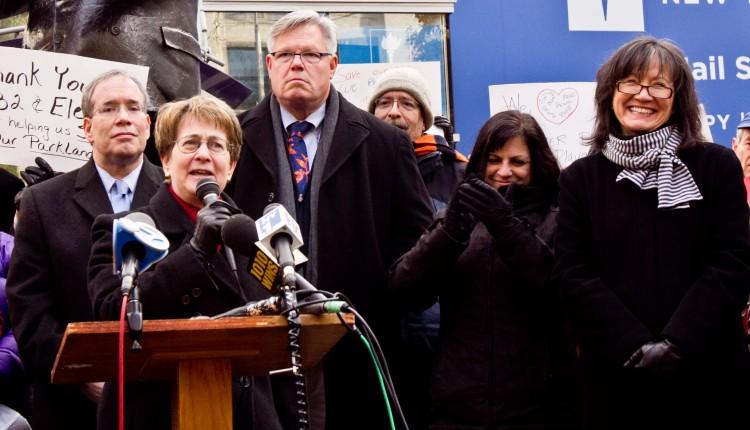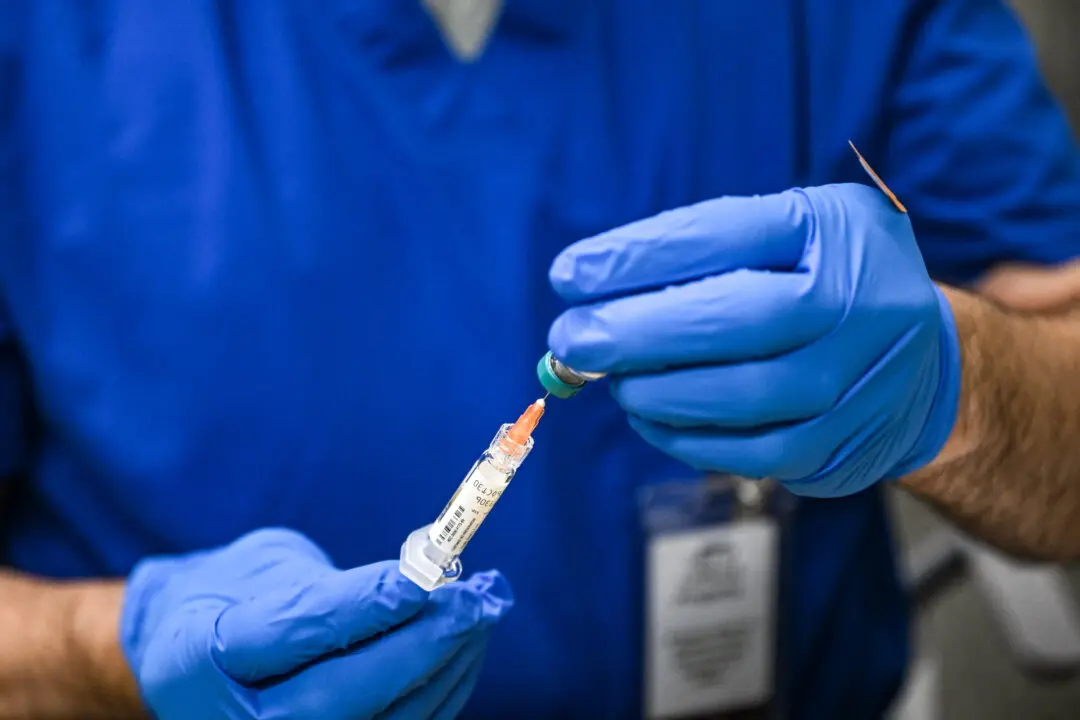NEW YORK—The number of traffic deaths increased to 274 in 2012—speeding caused 81 of them.
The statistics are furthering a call from elected officials and transit advocates for speeding cameras, which could help cut the number of traffic deaths.
A bill to create a pilot speed camera program in New York City is currently before the state Assembly, sponsored by Assembly member Deborah Glick, and co-sponsored by 12 other New York City assembly members. There are already 150 red-light cameras around the city, which have helped improve safety, according to the city’s Department of Transportation
“In a densely populated city, speeding is dangerous for pedestrians and drivers alike,” said Glick. “I am hopeful that this legislation will change behavior and save lives.”
Paul Steely White, executive director of Transportation Alternatives, supports the call for speed cameras.







